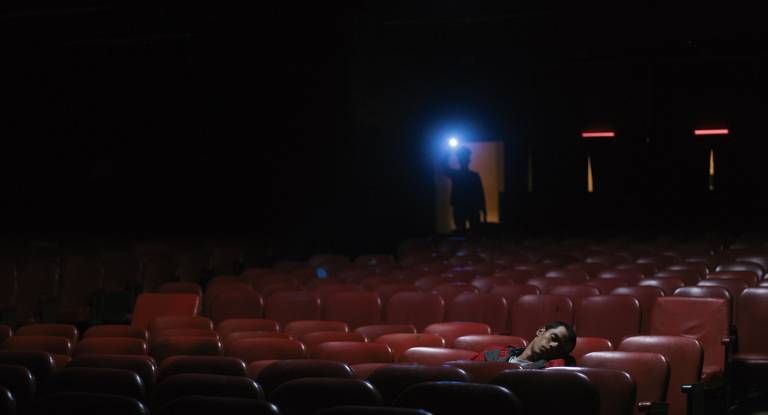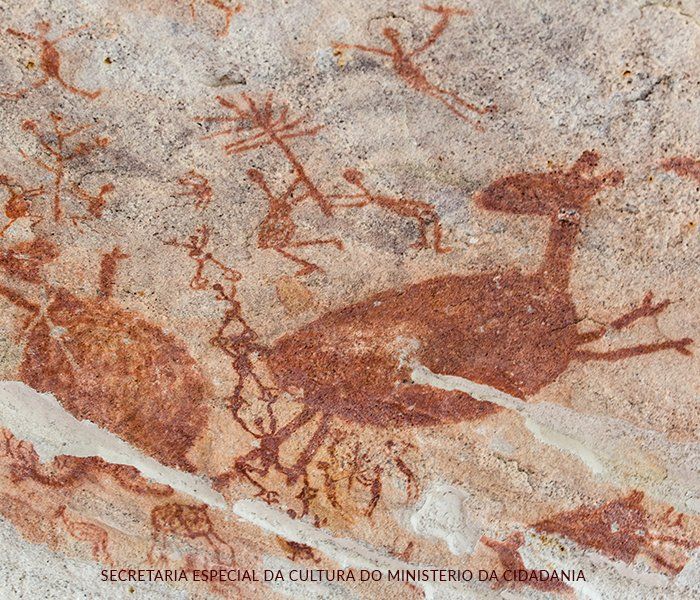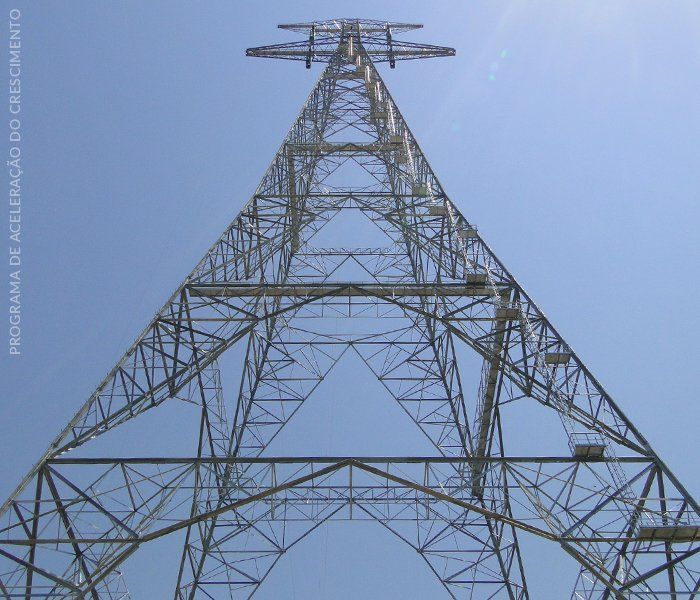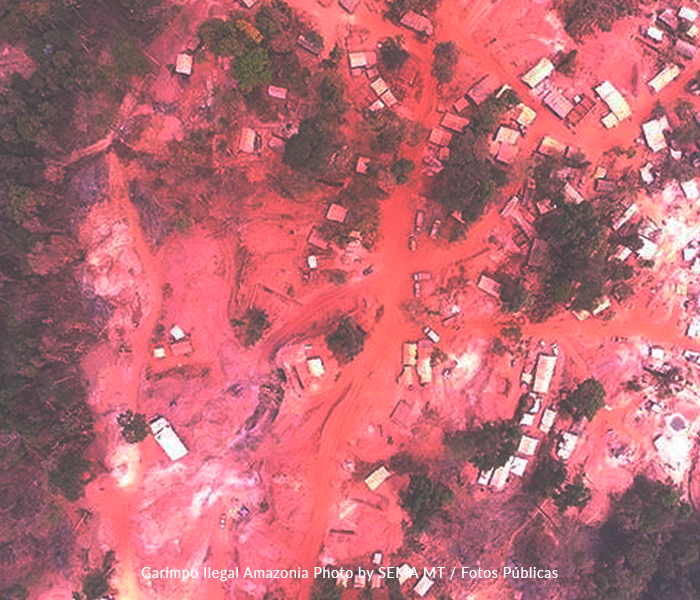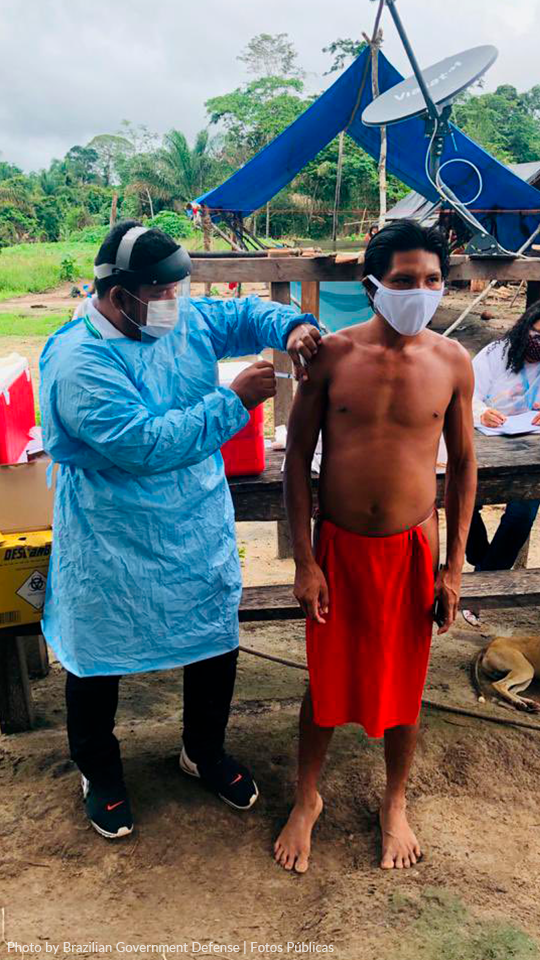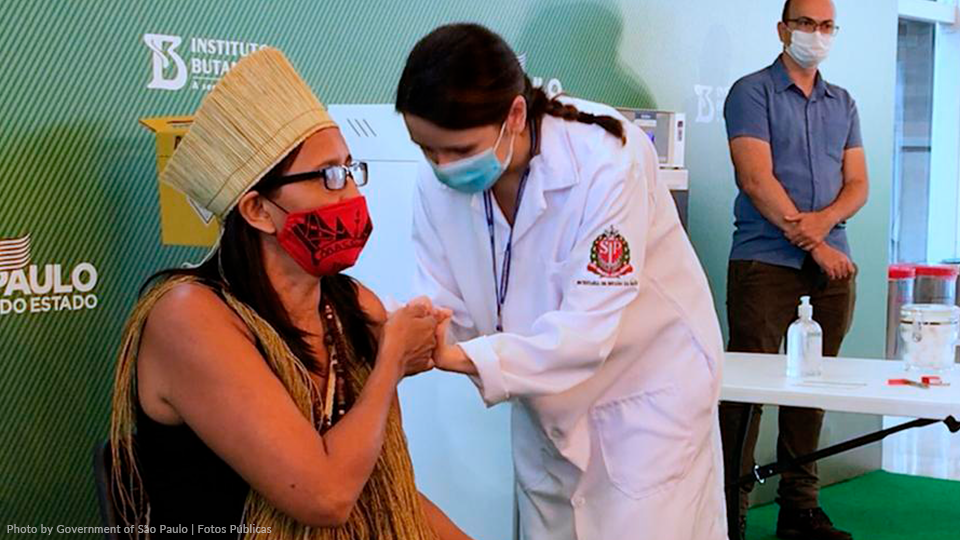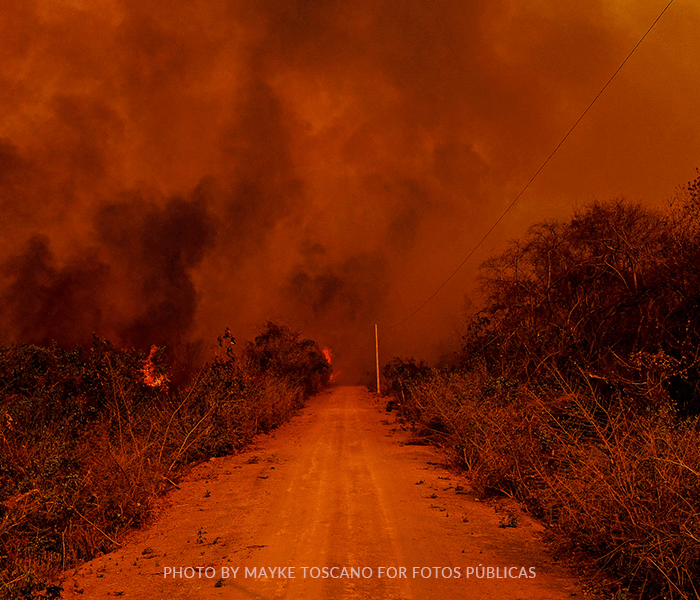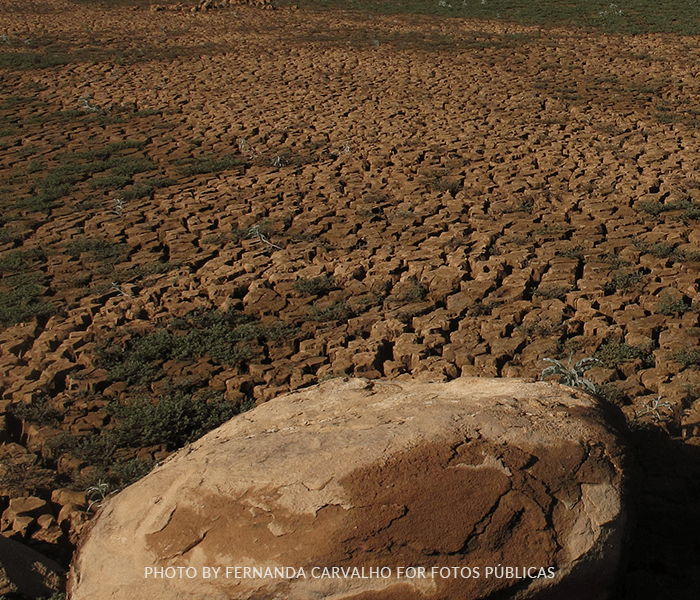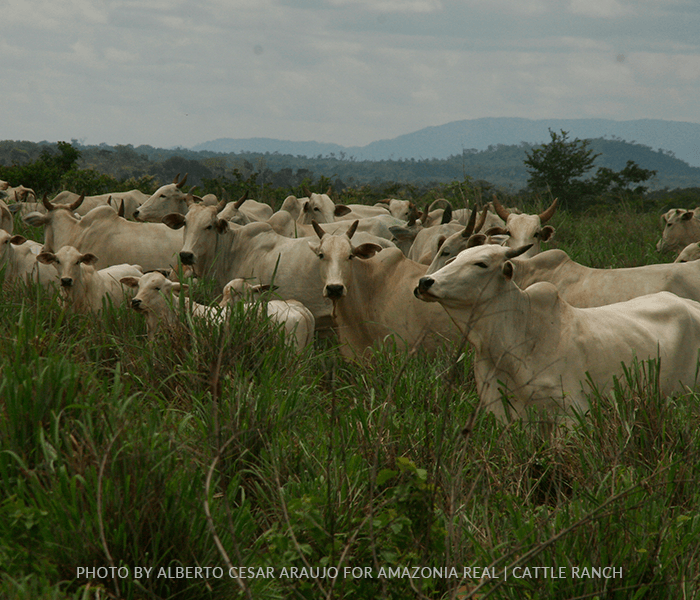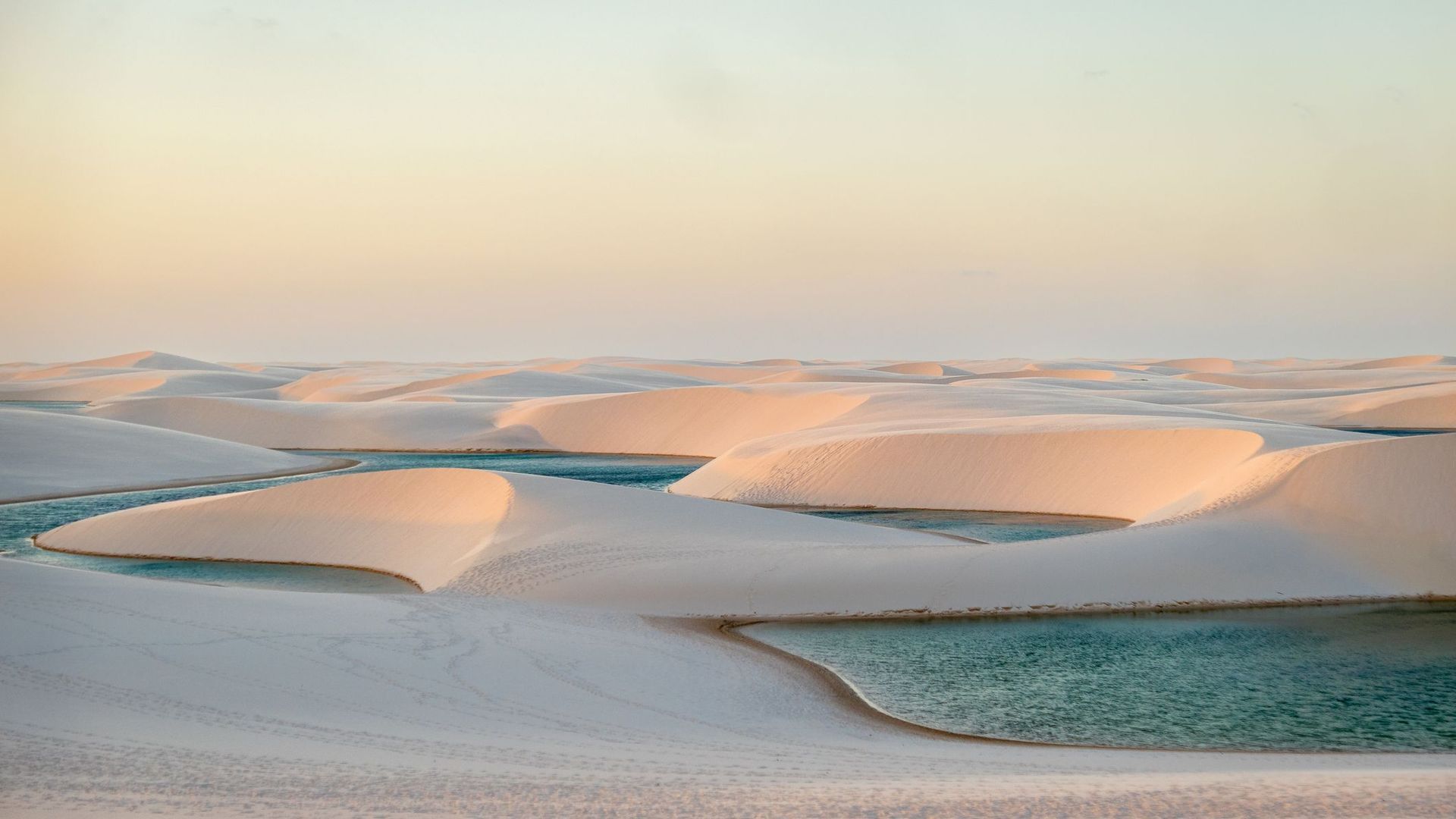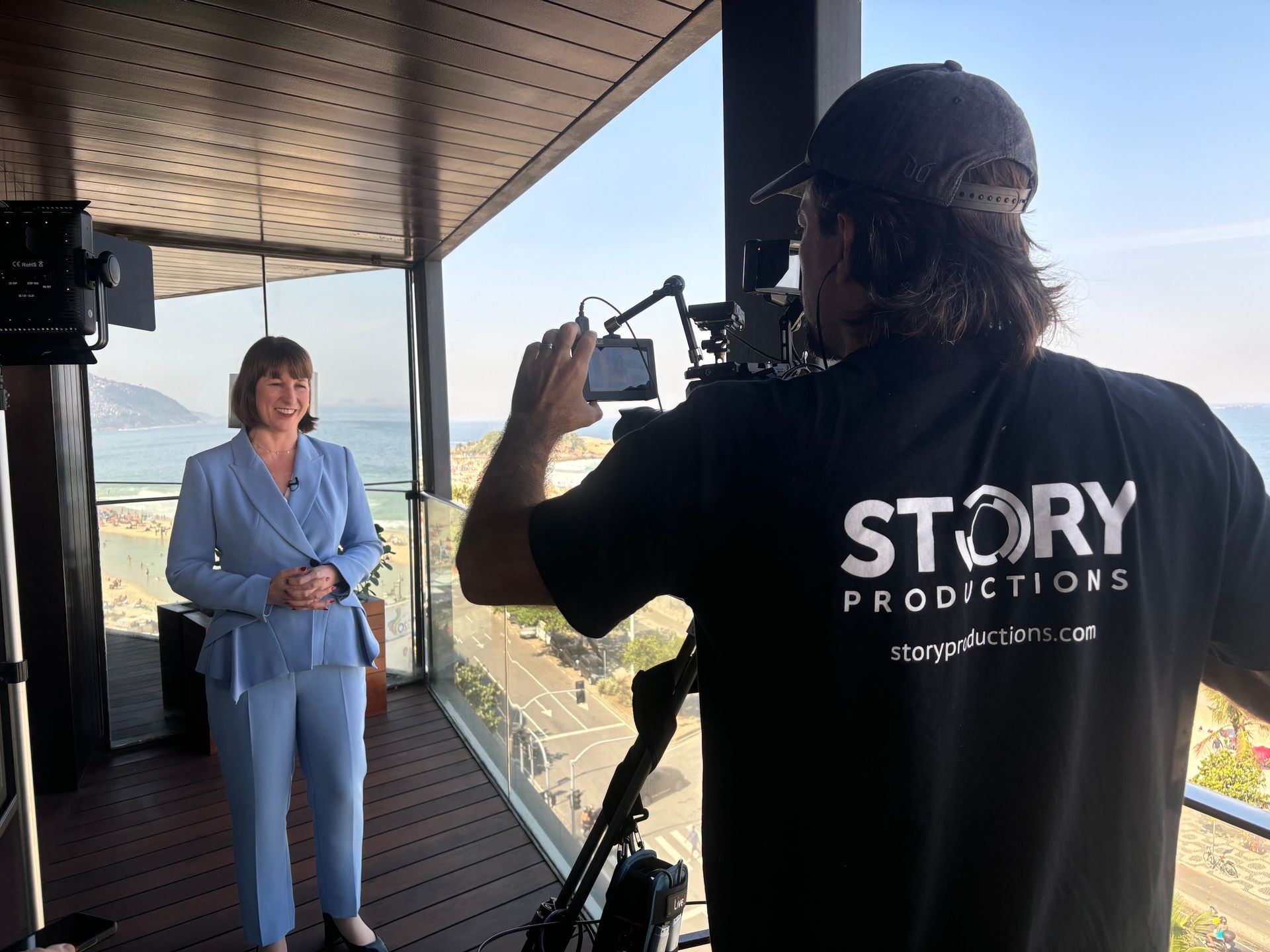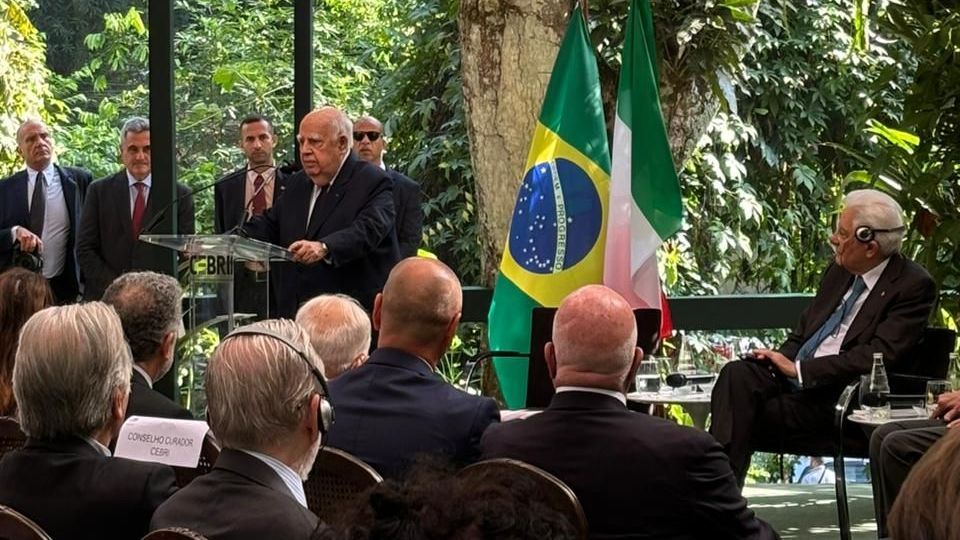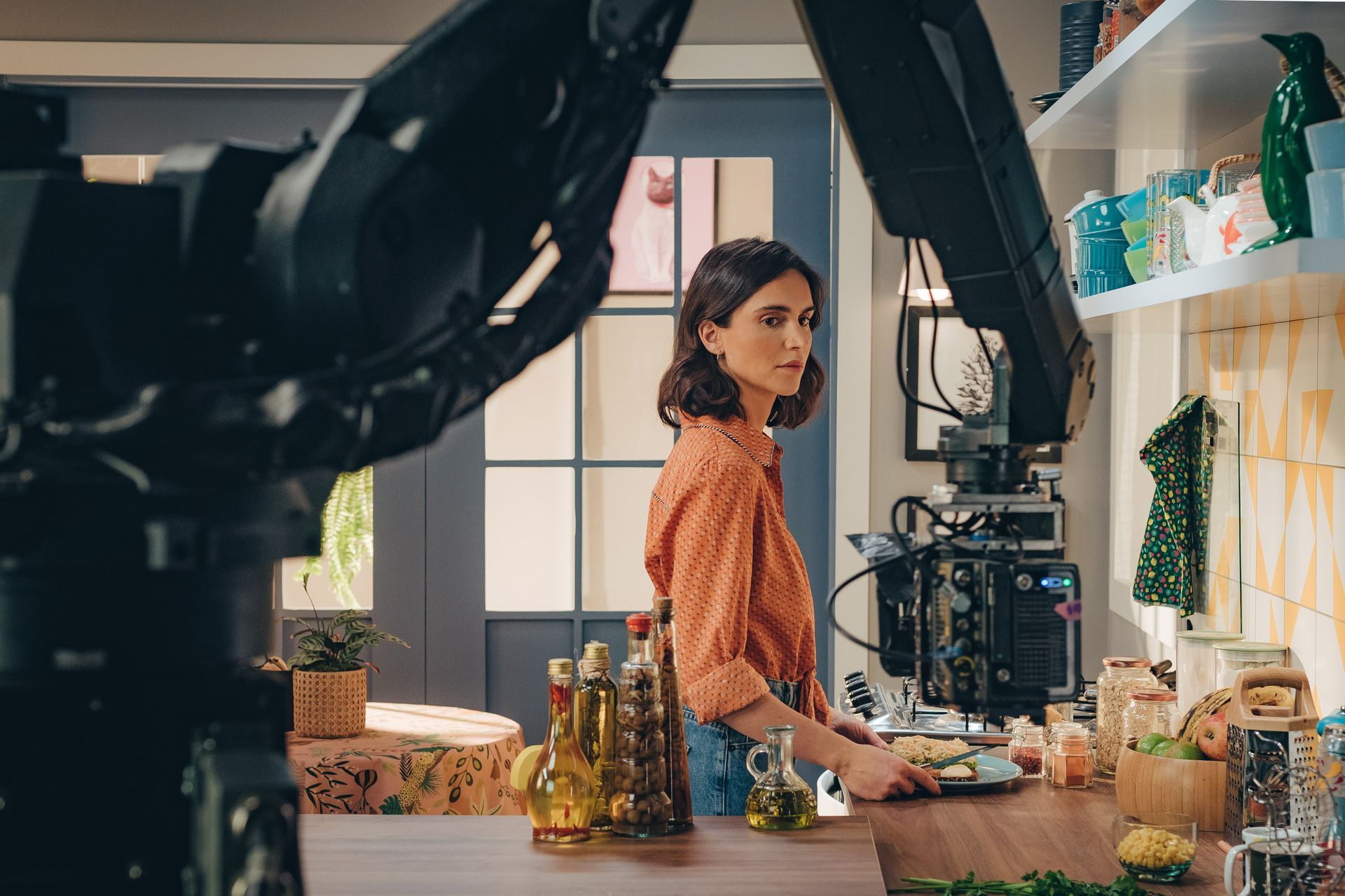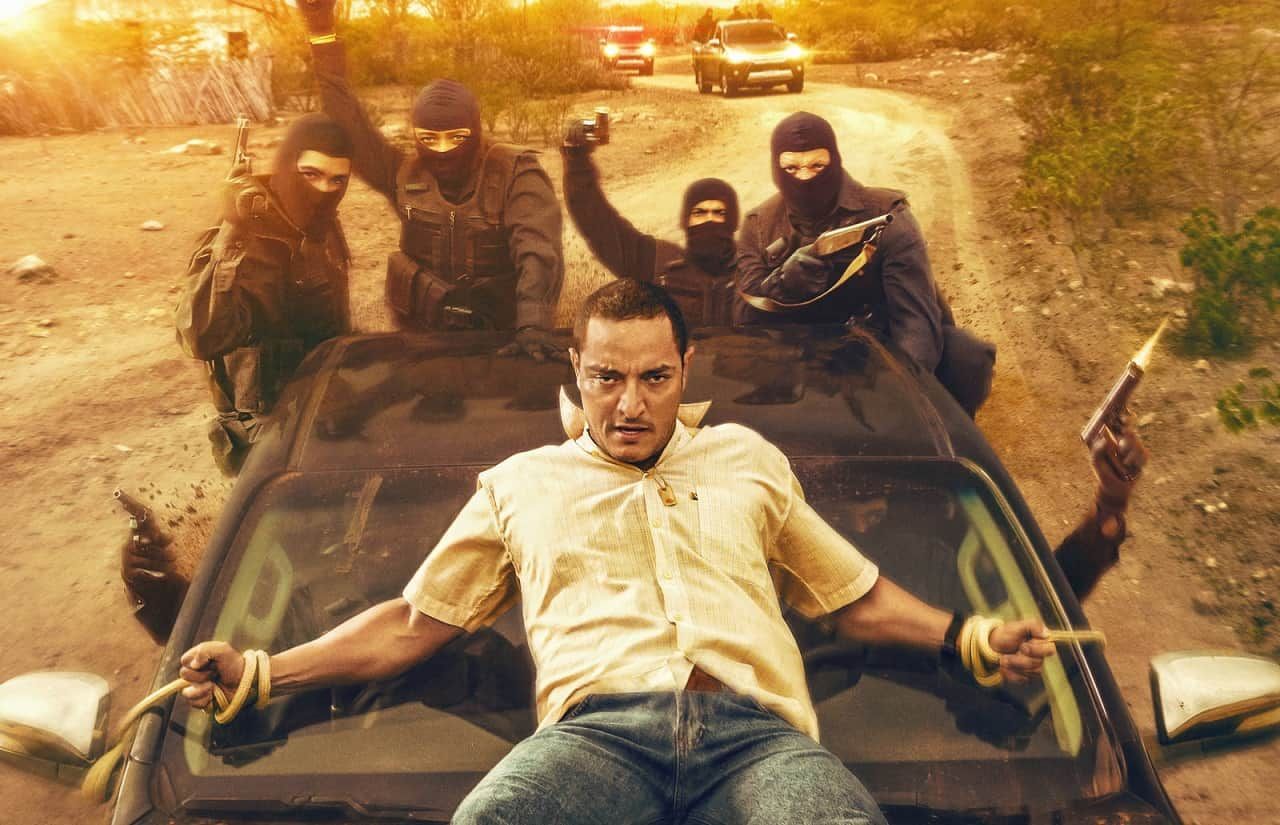Brazil Spotlight: "Shamans against Covid"
Vaccinating indigenous people in Brazil against coronavirus requires a vast logistical operation. Some communities have taken the initiative to tackle the disease into their own hands.
While Brazil's
National Vaccination Plan Against Covid-19 (which was initiated in January) had managed to vaccinate just 11 per cent of the country's 211 million people by April 1, 53 per cent of the indigenous adult population, from 6,000 indigenous villages across the country, had already been vaccinated.
A complex logistical operation involving 14,000 health professionals, planes, helicopters, boats and trucks, was set up to immunize indigenous peoples. It was a coordinated effort by the Ministry of Health's Special Secretariat for Indigenous Health (SESAI), the Ministry of Defense, the Brazilian Air Force, the National Indigenous Foundation (FUNAI) and state and municipal health departments.
Of the 755,000 indigenous people registered with SESAI, distributed across 34 “Special Indigenous Health Districts”, 298,000 have already received the first dose of the vaccine and 224,000 have received both doses. The inclusion of indigenous people as a priority group in the Brazilian vaccination plan is justified by epidemiological criterion, the collective way of life typical in these communities and the geographical difficulties in accessing state health services.
Despite its success, the operation had teething problems. APIB, a non-governmental organization (short for “Articulação dos Povos Indígenas do Brasil”) filed a Civil Action in the Federal Supreme Court demanding emergency measures to protect not only indigenous people in rural locations but also city dwellers. In March, with the vaccination plan already underway, the Supreme Court accepted the claim, criticized the “disjointed federal government [action]” and ruled that indigenous people living in cities and territories that are not legally recognized should also be a priority group for immunization.
In practice, urban indigenous populations—whose number is unknown—depend on healthcare provided by the SUS, the Brazilian national health service, which operates in 4,000 cities. During the vaccination rollout, citizens are given their Covid-19 jabs via the SUS in accordance with their age, the eldest being the first. However, indigenous populations encounter more difficulty in accessing SUS healthcare than most Brazilians due to racial prejudice and the precariousness of public health services available locally.
There have been several reports of poor treatment of indigenous people during the vaccination process. In Roraima, according to the newspaper
Folha de Boa Vista, 25,000 vaccine doses for the indigenous were reportedly stock-piled by local politicians for distribution in the state capital. In Mato Grosso, according to the newspaper
Brasil de Fato, 320 vaccine doses destined for the Xingu Indigenous Territory were allegedly diverted. In Amazonas, the state government asked for federal authorization to use 60,000 vaccines reserved for indigenous people to vaccinate non-indigenous people, claiming that heavy rains made some indigenous communities inaccessible. In Mato Grosso do Sul, a Federal Court had to force SESAI to vaccinate the urban indigenous of the state capital, Campo Grande.
SESAI is obliged to provide primary health care in protected indigenous territories, coordinating more complex disease treatments with states and municipalities. However, the urban vaccine rollout faced the challenge of identifying indigenous people. SESAI Secretary Robson Santos da Silva questioned the practice of “self-declaration”—the method used to recognize urban indigenous populations—during a recent meeting of the Parliamentary Front for the Defense of Indigenous Rights in Brasília. Since anyone can self-identify as indigenous, it could make the vaccination schedule vulnerable to fraud.
According to Silva, “legal action is not debated; it is executed. However, we do not know how to register [the indigenous population]. We need a solution. Do I do DNA testing? Do I do a blood test? Do I compile a genealogical history?” The secretary defends himself and calls the accusation that SESAI did not develop a plan to face the pandemic a “fallacy".
Military officers from the North Conjunct Command supported vaccination against Covid-19 in the Mukuru indigenous village, located in a remote area within the WAIÃPI Indigenous Land, in Amapá.
According to APIB, the discrimination that urban indigenous people are facing in the SUS system is unacceptable. While they can go to “Special Indigenous Health Districts” and allege “barriers to access” in the cities, this makes the process bureaucratic, and the special assistance to indigenous people unfeasible.
To claim “barriers to access”, an indigenous person must locate a “Special Health District” and travel there to explain in person how they were deterred and define their claim for a vaccine. In other words, the indigenous person must have autonomy, be fluent in Portuguese, and be well articulated. While the National Plan recognizes the indigenous people as a priority group and takes the vaccine directly to the villages, for urban indigenous people the process becomes more complicated: special assistance turns into complex assistance.
The aggravating factor is that, with the emergence of variants of the virus, the number of deaths from Covid-19 has increased dramatically. On April 1, the country recorded 3,600 deaths in a day; the death toll has reached 325,000 deaths since the outbreak of the pandemic. In contrast, according to SESAI, only 622 deaths were recorded among the indigenous. However, according to APIB, this number is much higher: 1,022 deaths.
With the government turning a blind eye to the true impacts of the pandemic, and the vaccine campaign being slow to roll out, some communities have taken the initiative to tackle the virus. For example, in the Xingu Indigenous Territory, the 900 Kuikuru—spread across eight villages—promoted a lockdown to restrict visitation to nearby cities, launched campaigns to raise funds, bought supplies and medicine, and hired a doctor and a nurse. Among the Kuikuru, there were 160 cases of Covid-19, but no deaths.
The community created its own “Kuikuru Protocol”. Patients infected with the coronavirus were transferred to an “Isolation House”, supplied by the community. The shamans helped the service by administering medicine as well as indigenous medicinal herbs. At first, there was resistance against isolation. When the virus started to spread, adherence to quarantine protocols increased. With the arrival of SESAI planes and boats with vaccines, all eight communities were vaccinated.
In São Gabriel da Cachoeira, in Amazonas—the city with the largest indigenous population in the country (77 per cent of the 46,000 inhabitants)—the delay in vaccinating the urban indigenous population has the community worried. The
Federation of Indigenous Organizations of Alto do Rio Negro
(FOIRN) is pressing the state government to speed up the vaccination of both village and urban indigenous.
Of the 86 deaths by Covid-19 in São Gabriel da Cachoeira—which does not have an Intensive Care Unit in its hospital—79 were urban indigenous people. The flow of indigenous people between the city and the hundreds of communities—of 23 different ethnicities in a municipality over 109,000 square kilometres in area—increases the contamination risk.
Since only people over the age of 18 are being vaccinated, the contingent of youth and children in the indigenous villages are vulnerable to the ongoing pandemic. If Brazil cannot expedite country-wide immunization and vaccine manufacture, other coronavirus variants may appear.
About Brazil Spotlight
Every month, Story Productions publishes a new Brazil Spotlight column by Ricardo Arnt, a Brazilian journalist and author with more than forty years experience. His works include director of Planeta magazine and TV Bandeirantes, editor of Exame magazine, Folha de São Paulo and Superinteressante (published by Editora Abril), and international editor of Jornal Nacional on TV Globo.
Subscribe to our newsletter and be one of the first to read the latest Brazil Spotlight column. From the economics of sustainability to deforestation in the Amazon, Ricardo will be tracking down the most interesting, topical stories one step ahead of the news cycle. We want to inspire TV producers and researchers around the world with inspirational ideas for their next production.
Learn more about the author behind our serial column. Send topic suggestions to press@storyproductions.com. Interested in covering something you've read here? Get a quote for your next production in Brazil.
Related stories
Brazil Spotlight archive
Share this story:
Get the latest news straight into your inbox!
Contact Us
Read another story
